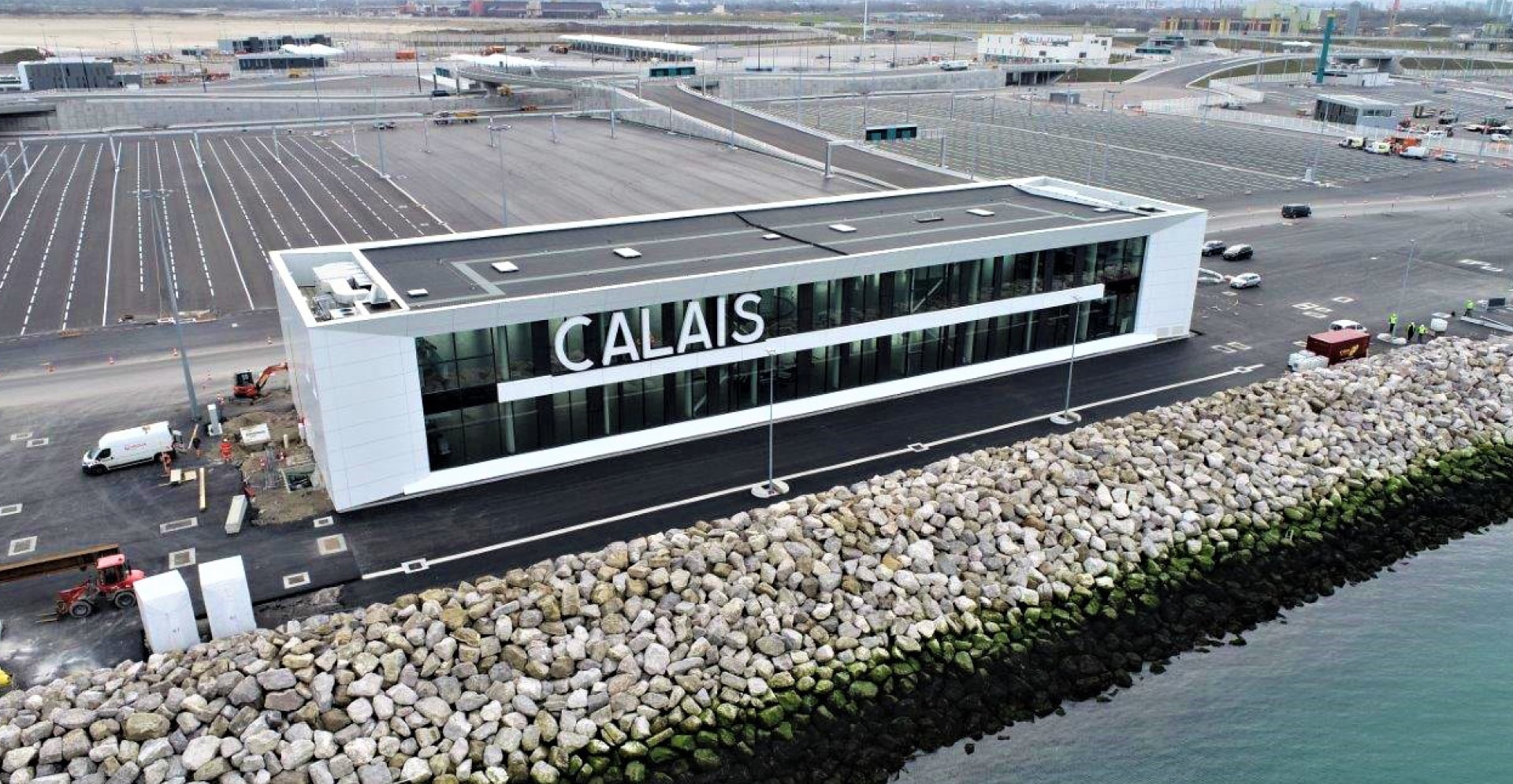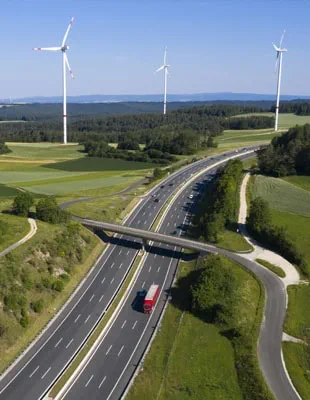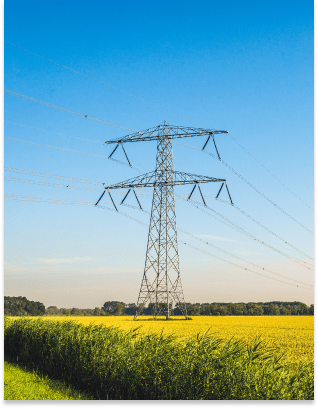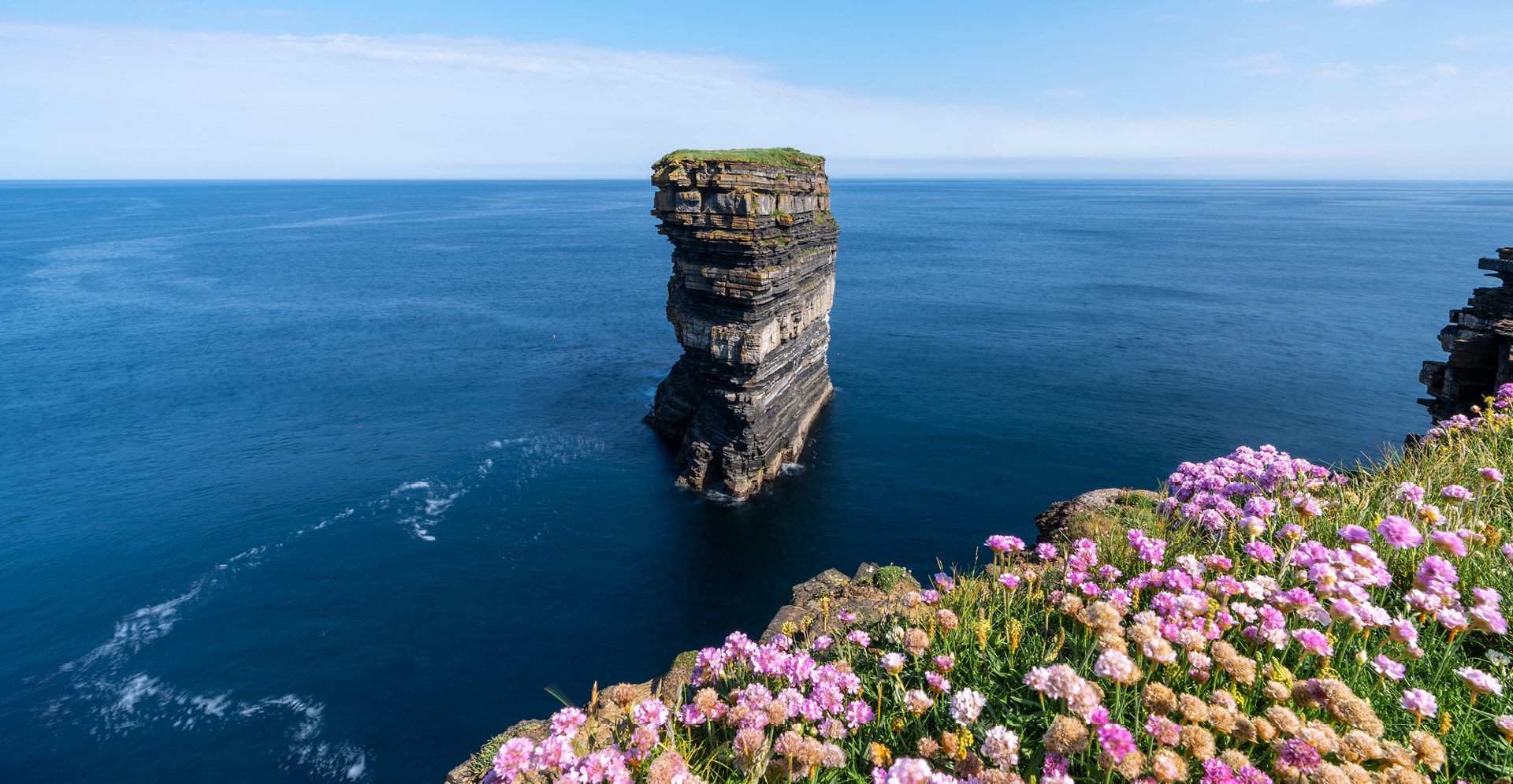Table of Contents
The challenge
With the increase in passenger and freight traffic between France and the United Kingdom, the port of Calais needs to increase its capacity to accommodate more travelers and a new generation of ferries.
With 10 million travelers and 43 million tons of freight per year, the port of Calais is the leading passenger port in continental Europe and the 4th largest freight port in France. Its popularity continues to rise, with growth of 40% expected by 2030. To absorb these ever-increasing human and commercial flows, the port needs to undergo major renovation work.
The solution
As there is not enough space at the port of Calais to increase its capacity, it was necessary to expand into the sea, while preserving biodiversity and protecting against climate risks.
Société des Ports du Détroit tasked Arcadis to lead the design and engineering phase, and to oversee the construction of the port infrastructure extension, along with Arcadis' partners Bouygues Construction, Spie batignolles and Jan De Nul Group.
-
READ MORE
The project doubled the total area of the port, with the construction of 65 new hectares of platforms, including 45 hectares reclaimed from the sea. Building on water is always a major technical challenge, because the risks are numerous: bad weather, storms, powerful waves that can damage construction facilities, etc. Six years of work have been needed to meet this technical challenge and to complete Europe's largest port construction project.
The project included the creation of a new 3.3 km-long seawall and a 90-hectare port basin, dug to accommodate larger ships. In addition, a new 44-hectare terminal was built through the re-use of excavated land. Beyond the technical challenge, Arcadis' role was also to manage the environmental aspects of the project. Accordingly, the infrastructure was designed to provide the highest environmental and energy performance and be protected from the effects of climate change. In addition, every effort was made to protect the environment and biodiversity and to limit the impact of the works on fauna and flora (light pollution, road traffic, noise, etc.).

The impact
From October 2021, the port of Calais will accommodate more efficient ships and ever-increasing numbers of passengers safely, while also reducing wait times.
After its official opening scheduled for October 4, 2021, the new port of Calais will be able to accommodate more travelers and ships, in the utmost comfort and safety. The integration of rail and road infrastructure into the new terminal will optimize passenger and freight transit, thus enabling faster docking and boarding, in a maximum of 45 minutes. The installation of kiosks to automate ship-access controls will also help reduce passenger wait times.Designed to anticipate the long-term effects of climate change, the port is now protected from rising sea levels. The environment and biodiversity have also been protected, in particular areas that favor the nesting of birds on port platforms.Beyond the attractiveness of the modernized port, the entire area will become even more vibrant, through increased exchanges with the United Kingdom and new jobs.
Behind the solution
Not done reading?
This also might be interesting for you
- Related Projects
- Related Insights
- Related Blogs













